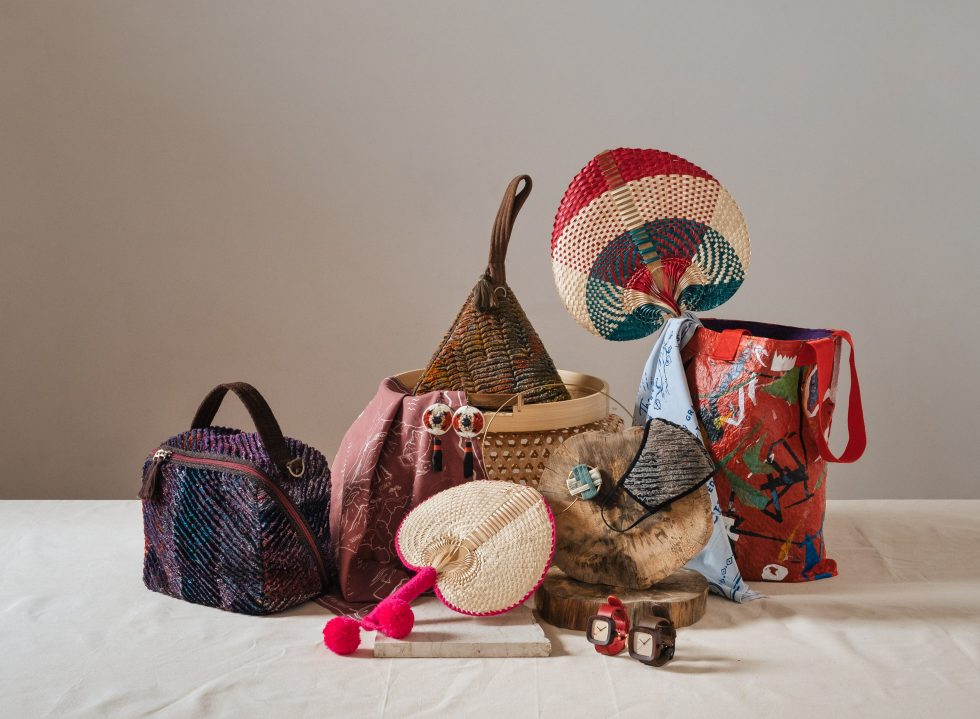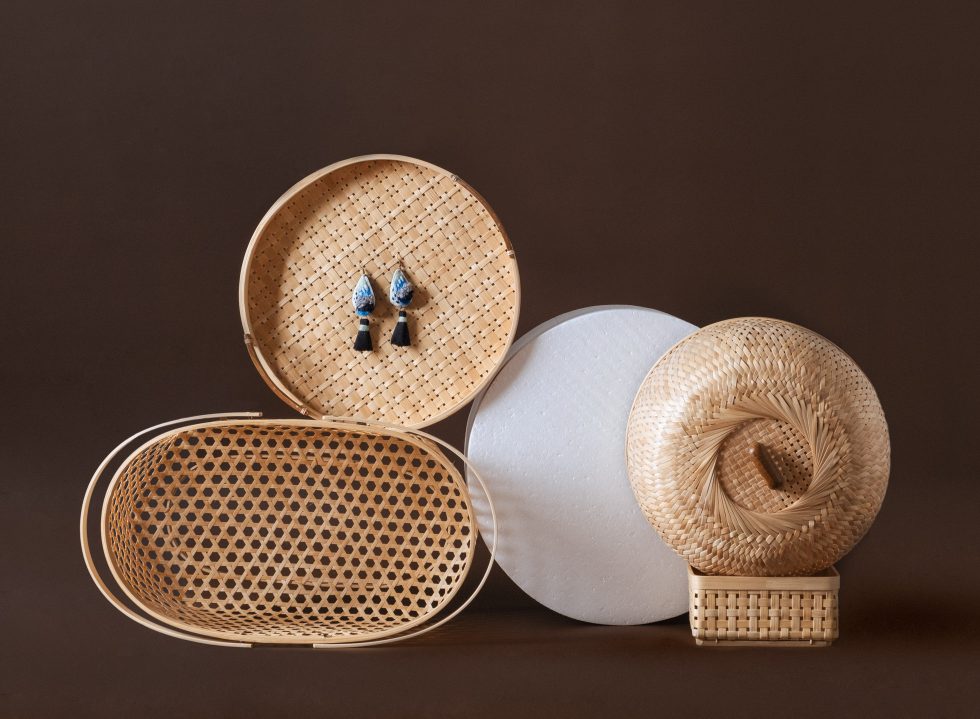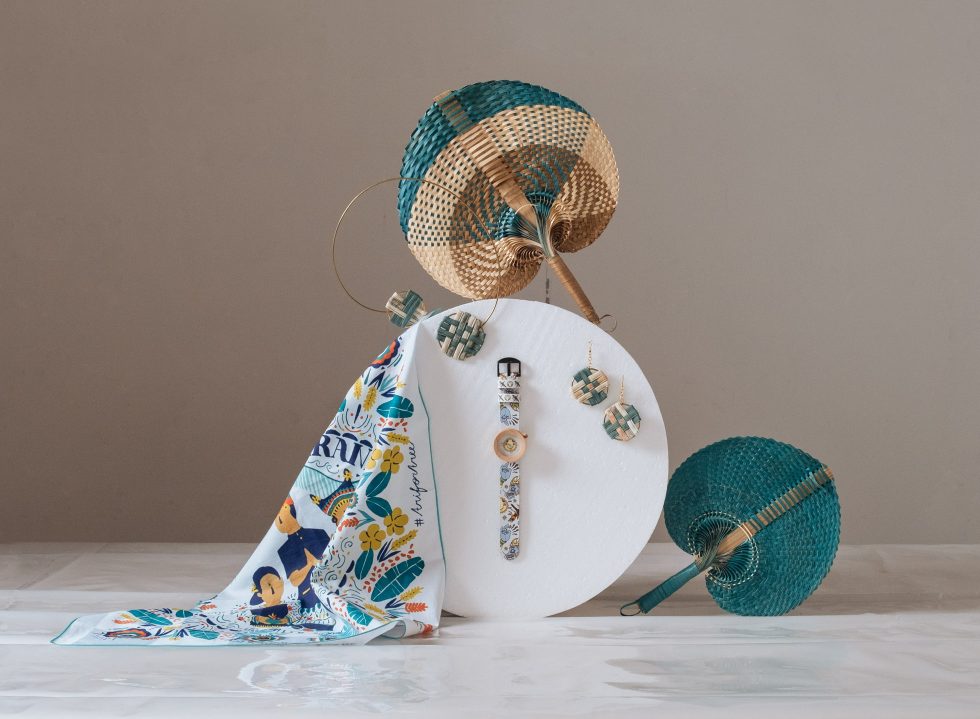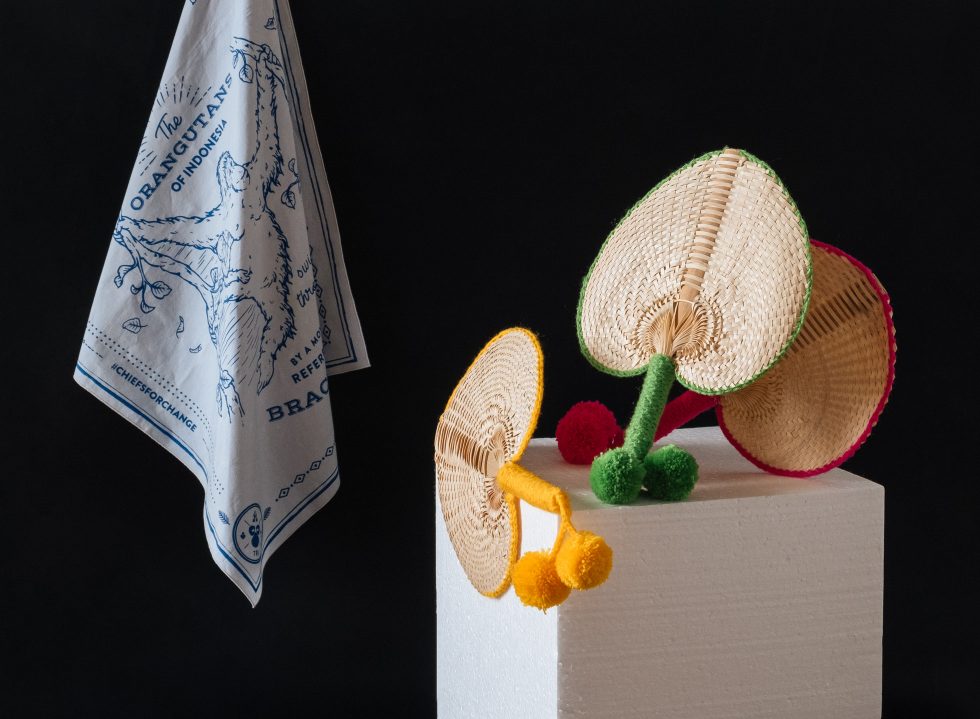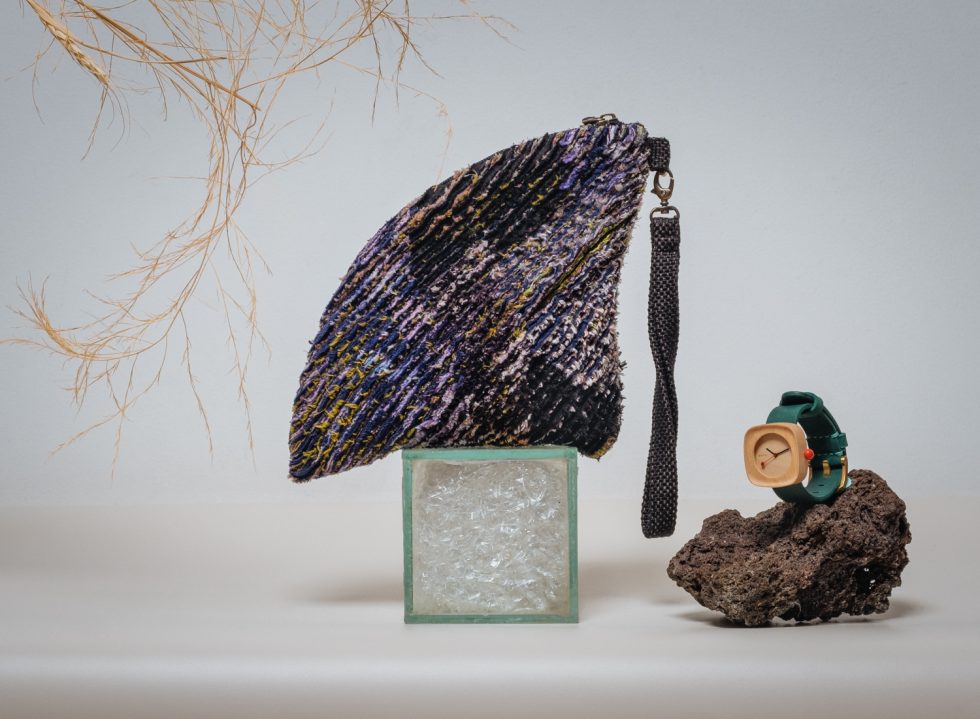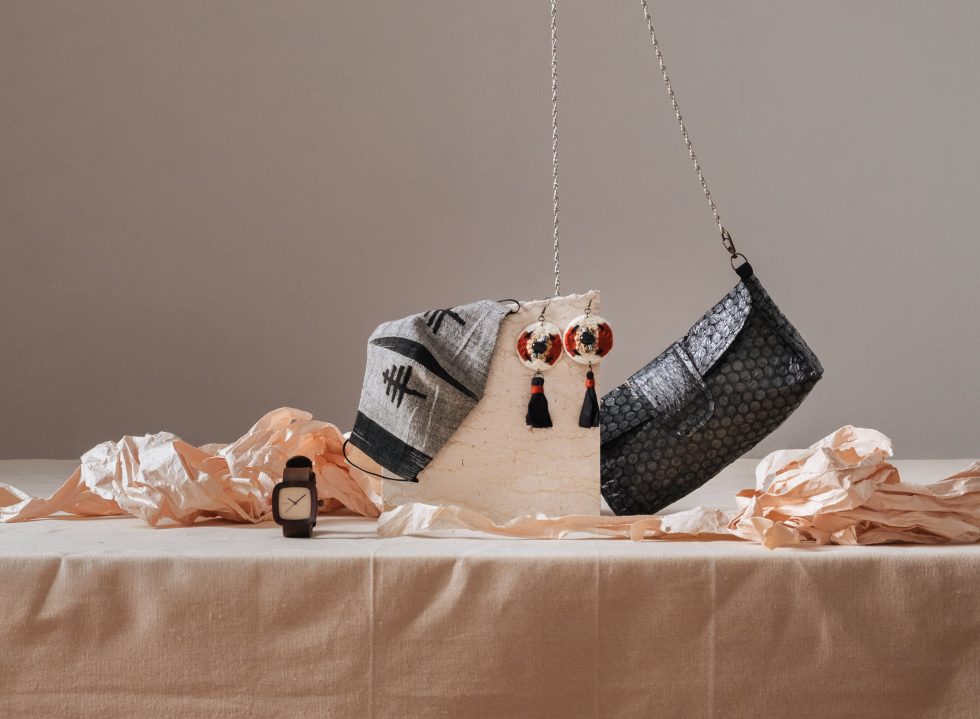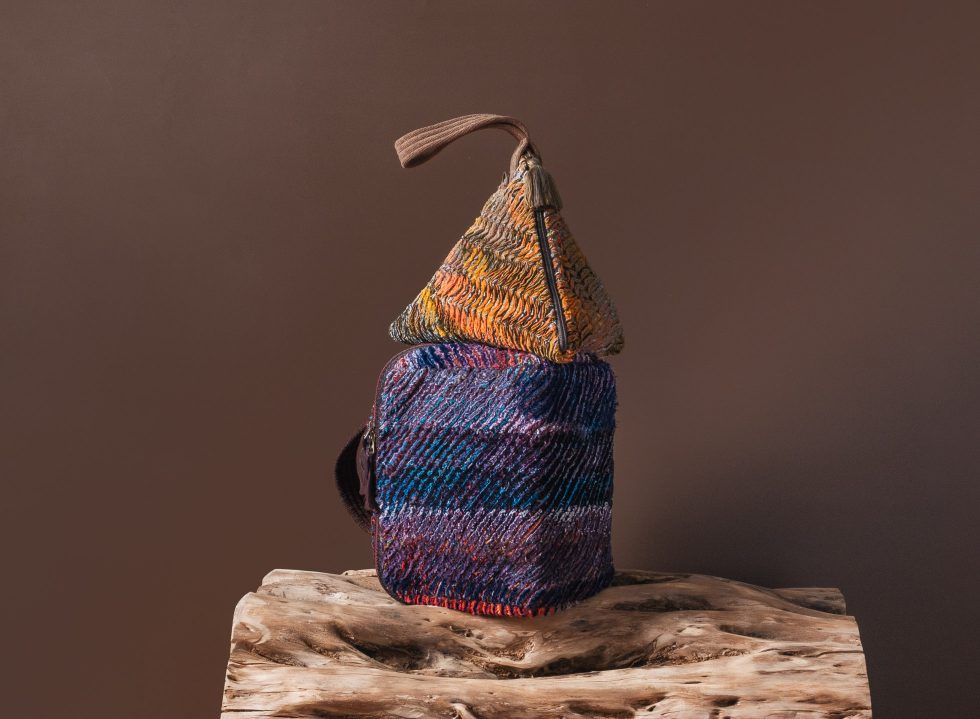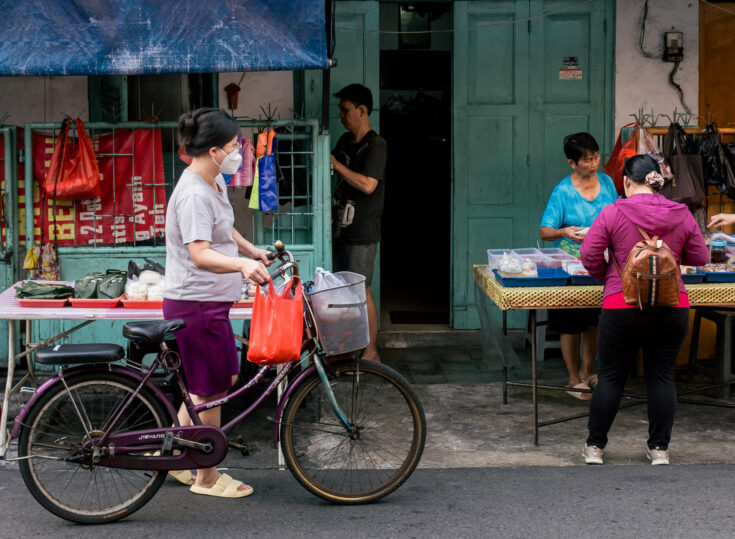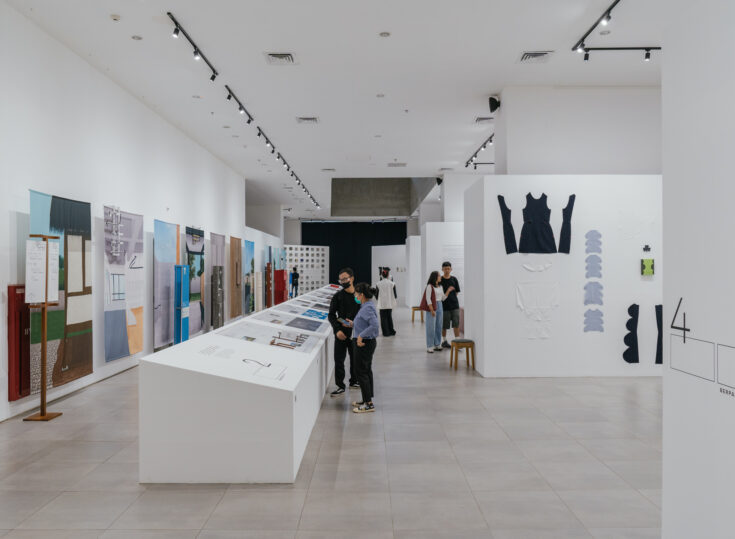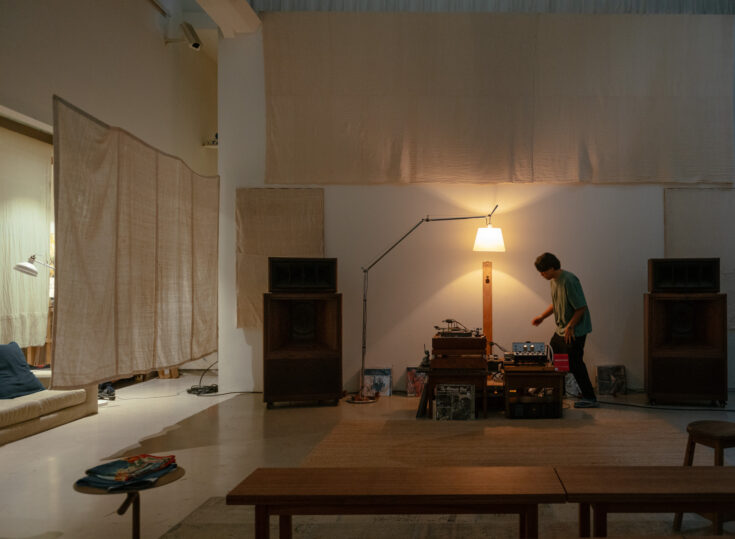In Indonesia, the local crafts industry is growingly driven by sustainability and community development by way of inventiveness. In the past few years, the industry has evolved to merge with environmental narratives and ideals of community empowerment with an impact. Since they are increasingly etched in the minds of the public and industry practitioners, these pulses have inspired changes in production processes and driven innovation in materials and techniques, all contributing to how the crafts industry has been changing as a whole.
At the centre of this development are brands, organisations and local crafters who work hand-in-hand to develop craftsmanship knowledge rooted in traditions, and modernised it to become environmentally and socially sustainable solutions. In this feature, we highlight seven local brands and craft organisations who pursue sustainability and empowerment as their core vision and call upon innovative collaborative ideas and executions using organic and inorganic materials to create products that span from fashion to homeware.
Taken from mother nature
For many local brands, the bounteous nature of the archipelago is still the prime source for the raw materials. To wit, Bali-based Cilota makes souvenirs out of palm leaves sourced from the region of Karangasem on the island. Created by I Komang Sukarma in 2017, Cilota relies on a workforce of local women artisans that weave dried palm leaves into trinkets like dolls and hand fans. This endeavour, which is executed independently since the beginning, brought together the founder’s own family, friends and resources to empower local families while preserving weaving as a quintessentially Indonesian craft.
In Tasikmalaya, Studio Dapur employs a similar model for their line of home products that heavily rely on 20 bamboo artisans and crafters in villages across the Wast Javanese region. In the four years since they have established their brand, their tablewares like trays, food containers and covers have reached clientele in Finland, the United States and Japan.
At the core of Studio Dapur’s business identity, the well-being of the crafters and the ethical ecosystem of bamboo sourcing are top priorities, leading them to partner with like-minded enterprises like Ecoware to replant bamboo trees in the foothill of Galunggung Volcano and grant their bamboo artisans to 10% of company ownership on top of fair wages and health benefits. “Through dozens of exhibitions and events, the public now understands why bamboo is expensive,” said a Studio Dapur representative.
Elsewhere, Bandung-based Pala Nusantara uses wood and discarded animal leather for their fashion accessories such as wristwatches, wallets and bowties. On top of sustainable sourcing, their innovations stem from the spirit of collaboration forged with artists and industry practitioners. Among their most popular collaborations, Pala Nusantara crafted a wristwatch made of mushroom leather (mycelium) developed by local lab Mycotech and another exclusively designed watch by local graphic artist Muklay.
In fashion, IMAJI Studio similarly vouches for collaboration between brands to project their common vision. One of their latest collections was a joint effort with local streetwear Mote Mote to cradle in more enthusiasts into the slow fashion movement. “Our collections transcend time by incorporating materials from nature to create a positive impact towards preservation of culture and craftsmanship,” said Shari Semesta, the label’s co-founder.
Their line up of womenswear, menswear and accessories employ organic hand-loomed cotton sourced from Central Javanese artisans and dyed using natural dyes derived from plants. Additionally, the brand is committed to a lifetime customer relationship by introducing a re-dyeing service for faded products as part of their sustainability business model.
No more waste
While ethically sourcing from nature is a model to follow for the future of local crafts, looking at waste as an opportunity for sustainability is a tested method for a handful of brands too. Jakarta-based Threadapeutic established their fashion accessory label in 2015 by sourcing their primary materials from fabric waste, garment factory offcuts and transforming them into handbags and tapestries. Simply summed up by Hana Surya, co-founder of the brand, “Our raw materials form the heart of our craft.” Giving a new lease of life to these textiles is the sustainable business model they practise, awing customers into disbelief that their handbags are products upcycled from fabric scraps that would have ended in landfills.
In the opportune collaboration with the hotel industry in Bali, the brand TRI Upcycle prides on their creative usage of old and discarded bed linens to build a sustainable business. As a brand, they interpret sustainability not by the material they use, but by the process they employ to recycle and repurpose bed linens without producing waste. Among their line-up of goods, bandanas and tote bags are the main products they craft using the repurposed linens, and often in collaboration with animal welfare organisations to campaign awareness towards endangered fauna.
In a similar interpretation, another Bali-based initiative I-Substic is inspired by one of the most destructive contaminants of the environment: plastic bags. The initiative was founded in 2019 by then-teenagers Ayu Puspita Dewi and Ni Putu Aseri Devi to address the pervasive problem of disposable plastic bags that once rampaged the beaches of Bali. As a brand, they perceive sustainability as creativity to repurpose pre-existing materials. In this endeavour, the duo engages their communities to collect, wash, and redesign plastic bags into functional products like sling purses, tote bags and pouches, that have received appraisal from the public.
The common vision forward
With its diverse ecosystems and landscapes, Indonesian traditional crafts have long depended and grown from the abundance of natural resources for raw materials. However, in line with emerging environmental concerns, many crafters are pursuing alternative solutions to these problems by considering sustainability in the materials they use. This adaptive approach has had a significant impact on the environment with crafters diversifying their resources to explore new materials and without foregoing the well-being of the workforce that drive these endeavours possible.
In the end, the close relationship between daily life and cultural values that have been passed down through generations is the heart of Indonesia’s craft development. And these brands, like many more deserving of the spotlight, have advanced local craftsmanship knowledge to create unconventionally crafted products that sustain communities and the environment in one.
This article is presented in collaboration with British Council Indonesia for Crafting Futures. Under the wing of British Council Arts, Crafting Futures is the programme dedicated to follow the development of crafts around the world and explore the possibilities of preserving traditions and treading innovations together as a global community.
